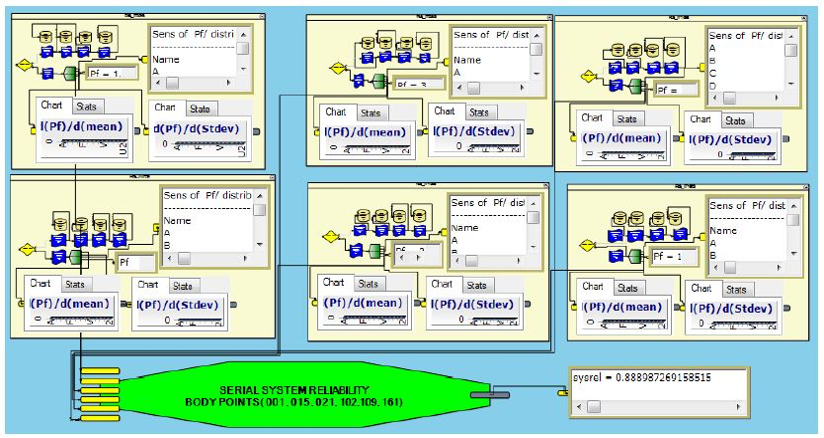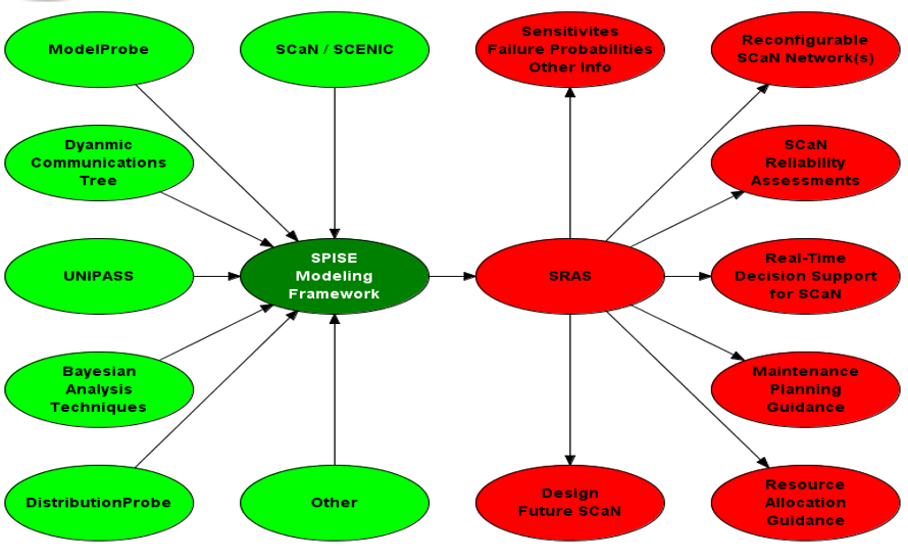Application Software
Related
Real-Time Decision Making
PredictionProbe specializes in the development of user-friendly, quickly executing tools that enable rapid, risk-informed decisions by non-engineering users.
Such a tool can be used by management within the setting of a meeting in which decision alternatives need to be quickly evaluated. Within the context of a specific industry or application area, a real-time decision support tool will provide capabilities related to the specific application under consideration, as well as a variety of capabilities enabling uncertainty and risk analysis, quantification, propagation, and management.
A real-time decision support tool must provide whatever are the required capabilities across a potentially wide variety of traditional specialty areas (disciplines) such as (considering, for example, aerospace vehicle design) aerodynamics, structures, controls, heat transfer, and trajectory analysis. For other application areas, other disciplines such as chemistry, electromagnetics, or forestry management might be important. Decision support tools should also perform analyses which span across, and are distinct from, these specialty areas to support the process of making decisions based upon computational simulations. For example, systems integration, multidisciplinary optimization, mission and trade space analyses, life cycle cost analyses, uncertainty/risk analysis and management, robust and reliability design methods, technology assessments, research portfolio analyses, and “system of systems” architecture analyses all fall into this category of capabilities.
Figure 1.
Illustration of the Orion Real-Time Decision Support Tool.
The collection of methods and tools to be integrated are application specific to ensure the products delivered meet the customer’s needs. However, simply utilizing a good integration process does not ensure that all the customer’s requirements can be satisfied within cost, schedule, or safety constraints, or with the tools and methods available. Likewise, satisfying the customer’s requirements does not mean that the results were obtained by a systematic, disciplined engineering approach that is quantifiable, recursive, iterative, and repeatable for the development, operation, maintenance, and disposal of systems. The two aspects of this problem, customer satisfaction and good process, are mutually independent, though usually correlated. An effective and reliable real-time decision making process should include a negotiation between the developer/provider and the customer, early in project lifetime and throughout, to ensure that a reasonable chance exists to satisfy the customer’s requirements within cost, schedule, and safety constraints. The architecture of a real-time decision support tool must be very flexible and easily reconfigurable to enable all of the aspects of the application to be implemented in a user-friendly environment, such as is shown in the following figures, and discussed elsewhere in the Case Studies. Figure 1 is discussed in more detail in the related Orion Case Study and Figure 2 is discussed in more detail within the related SCaN Case Study.
Figure 2.
Illustration of the PPI Vision to enable the SCaN Decision Support System.


